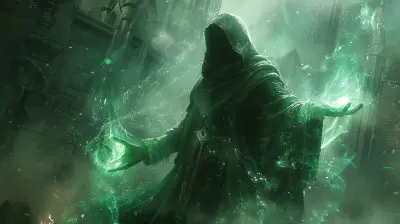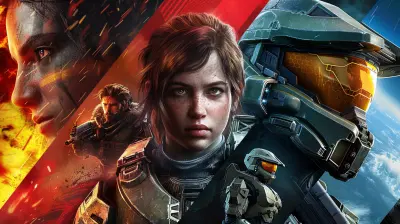Building Immersive Worlds: A Guide to Creating Compelling Game Universes
30 July 2025
Okay, let’s be honest: we’ve all played a game that grabbed us by the eyeballs and refused to let go. You start in a small village with a talking dog, and five hours later, you're leading a rebellion against intergalactic space hamsters. It's wild, it's insane—and weirdly, it all makes sense. But how do developers create these rabbit-hole-type experiences? How does one craft a game world so rich that players forget they haven’t eaten lunch in six hours?
Buckling in? Good. Grab some snacks (you’ll need them). We’re diving deep into the magical mess of world-building. Whether you're a game designer or just nosy about what goes on behind your favorite titles, here’s your 1800-word ride through the universe of... well, universes.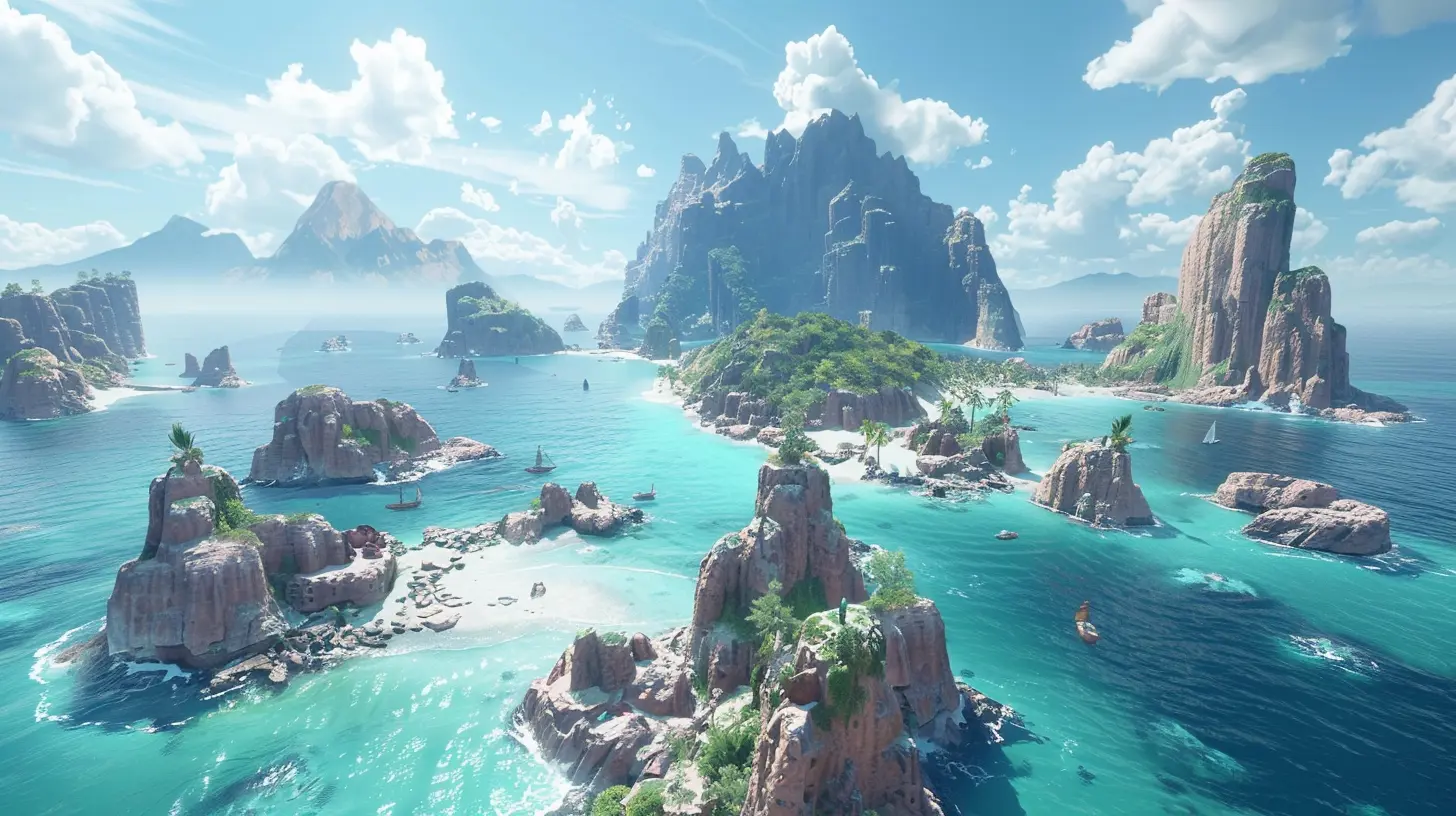
What Even Is World-Building in Games?
Let’s start with the basics before we get too fancy. World-building in games is the art and science (and sometimes a sprinkle of dark wizardry) of creating the settings, cultures, histories, and systems that make up a game's universe. It’s everything from the nations at war to the texture of the moss on a forgotten dungeon wall.In short? World-building is what makes a game world feel alive, immersive, and totally binge-worthy.
Why It Matters
Imagine playing a game where every town looks the same, everyone talks like a robot, and lore is more confusing than your grandma’s Facebook posts. Yeah—no thanks.Good world-building:
- Keeps players engaged
- Makes gameplay more meaningful
- Builds emotional connection
- Adds replay value
- Feeds fan theories (and we love those)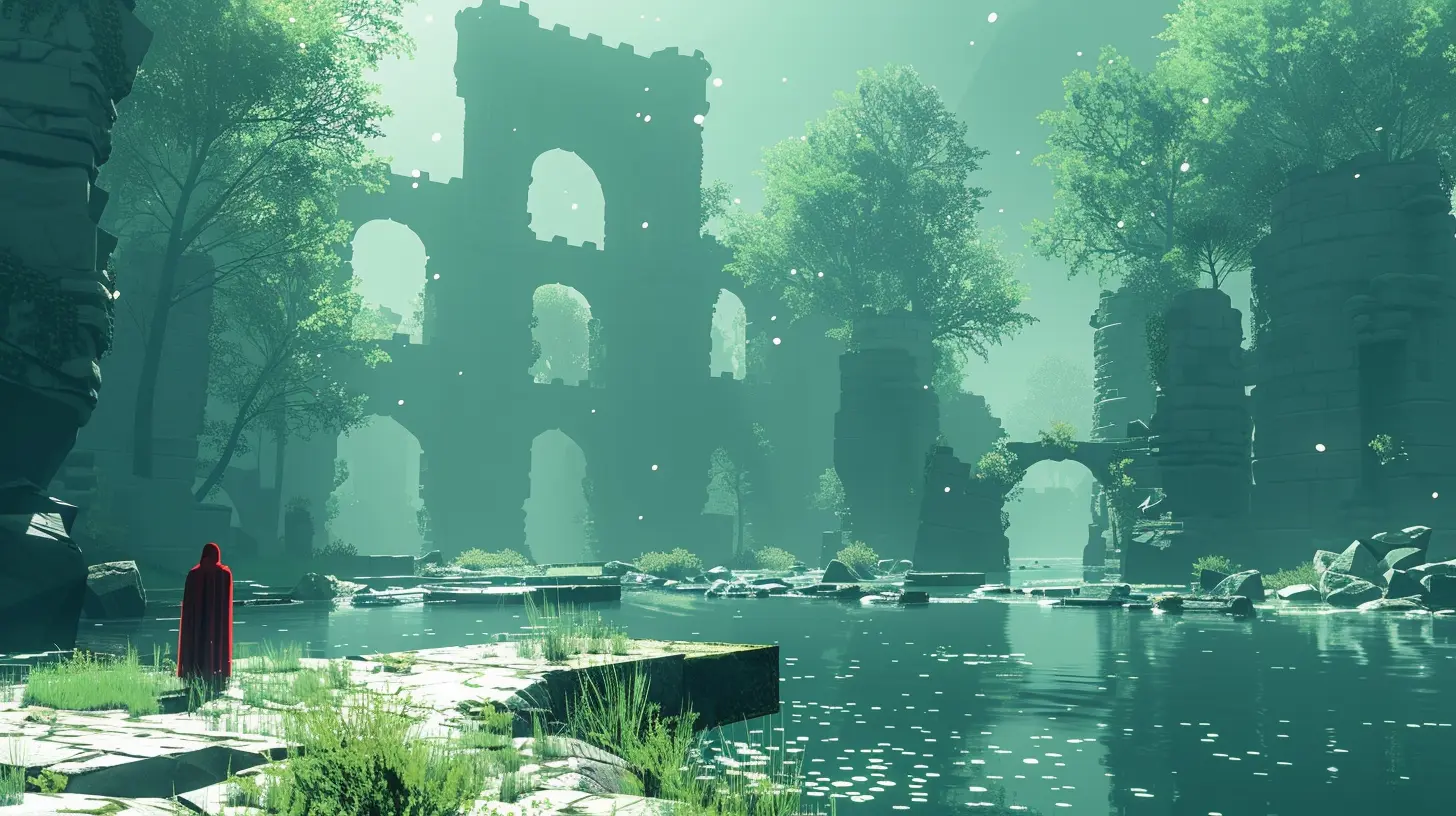
Start With the Core Pillars of Your Universe
Before you go inventing 30 kingdoms and 12 religions, pump the brakes. Like any good superhero origin story, your game world needs a strong foundation.1. Genre & Tone – The World’s Vibe Check
Fantasy? Sci-fi? Horror with a side of cosmic dread? Know your lane. The world you build needs to sync with your game’s genre. A neon-drenched cyberpunk city isn’t going to fit a game about farming ducks (well… unless it’s post-apocalyptic duck farming, I guess).The tone matters just as much. Is your game goofy like Borderlands or a heart-wrencher like The Last of Us? Your world’s design, dialogue, and even color palette depend on this.
2. History – Because Even Fake Worlds Need a Backstory
You know what gives a world depth? Knowing that 200 years ago, a great potato famine almost ended the Halfling Empire (RIP). History creates context. It explains why factions hate each other or why magic is outlawed.Ask yourself:
- Who created this world?
- What events shaped its current state?
- Are there ancient ruins or relics?
- Any wars? Civilizations lost to time?
Suddenly, your world isn’t just a map—it's a living, breathing place with scars and stories.
3. Rules of Reality – Set the Boundaries
Magic? Cool. But can everyone use it? Are there costs? Rules create structure. Even in the most bonkers universes, consistent logic keeps players immersed.For example:
- Physics: Is there gravity? Does time flow normally?
- Resources: Is power generated by tech or soul crystals?
- Factions: Who’s in charge—and who’s rebelling?
When players understand the rules, they play better. Or at least they break the rules in more creative ways.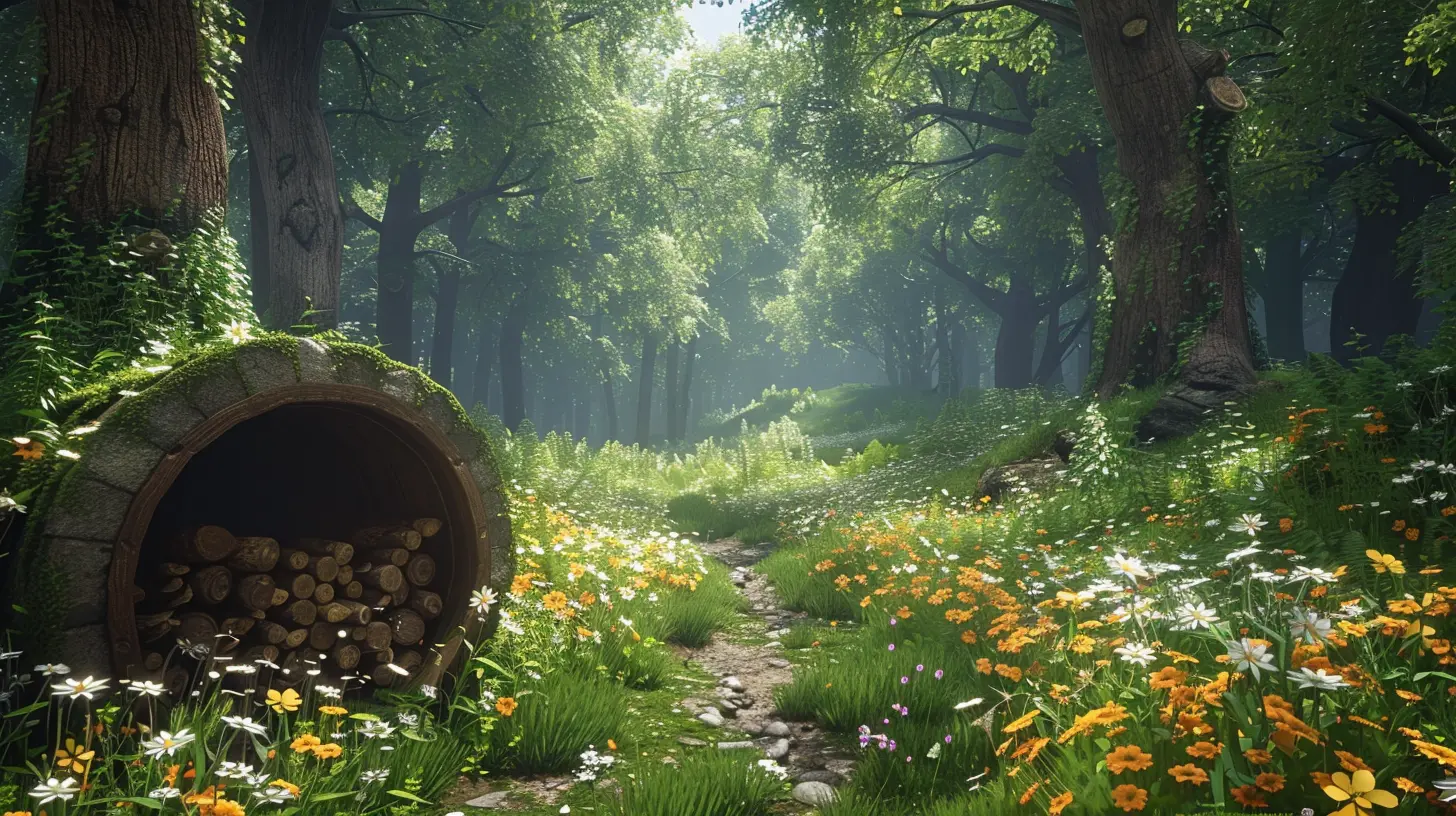
The People Make the Place: Populating Your World With Personality
You’ve built the stage—now it’s time to cast the characters. Populating your world with believable societies and quirky individuals is where the magic really happens.Cultures & Societies – Spice It Up
A world without culture is like a sandwich without filling: dry and utterly disappointing.Think about:
- How people live (urban vs. nomadic)
- What they believe (religions, superstitions, or conspiracy theories about sentient toasters)
- Food, fashion, holidays, family structures, languages
The more varied and weird your cultures are, the more interesting your world becomes. Just, y’know, avoid stereotypes. No one wants Diet Racism™ in their escapism.
Characters With Agency
NPCs aren’t just quest givers in funny hats—at least, not if you're doing it right. Give them goals, fears, and opinions. Let them interact with each other when you're not looking, like tiny Sims with better AI.Bonus Tip: Write down even the small stuff. That barkeep who used to be an assassin? Goldmine.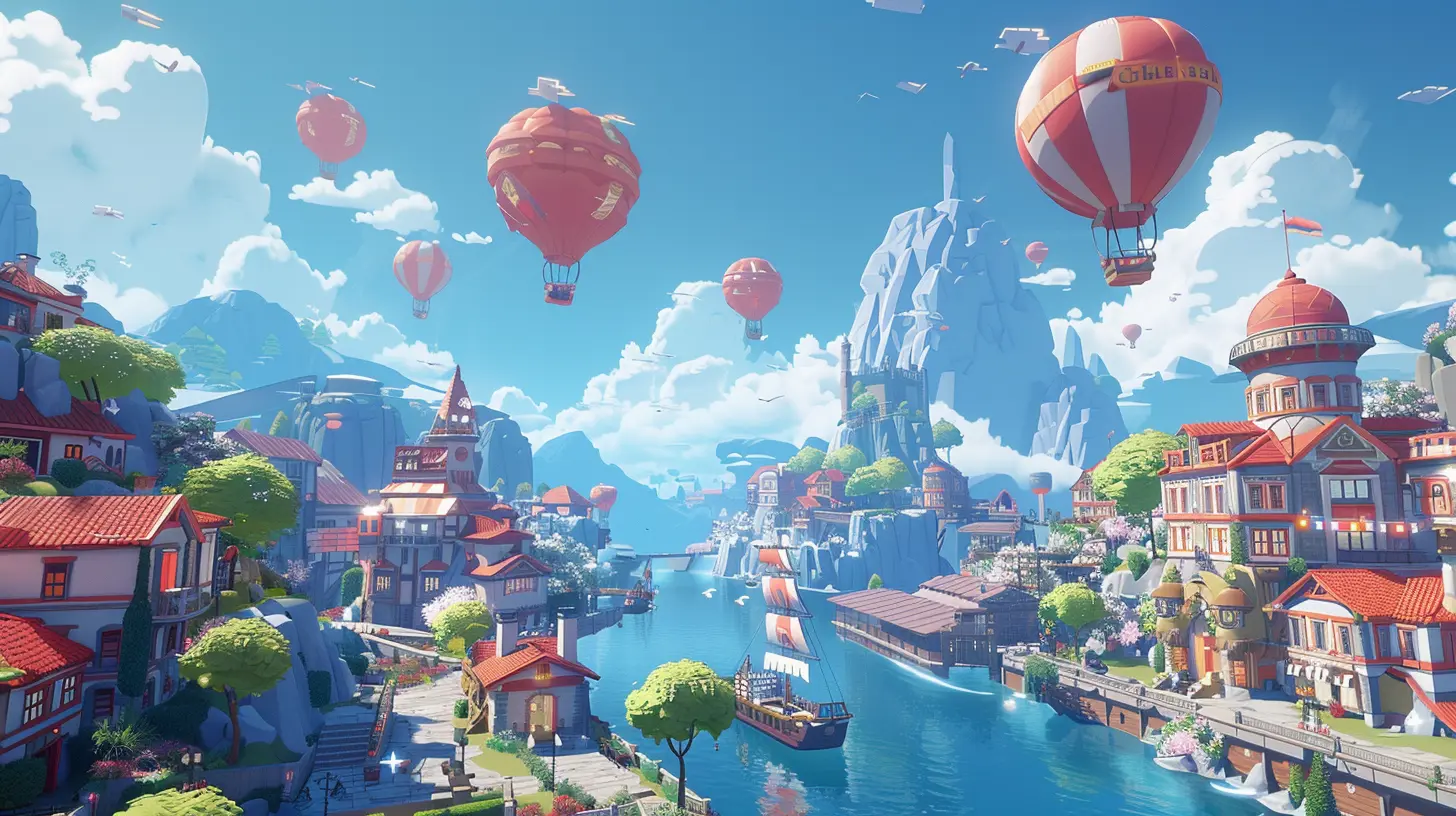
Worldbuilding Through Gameplay – Show, Don’t Tell (Seriously)
You can write the most Shakespearean lore ever, but if it’s buried in a dusty codex no one reads? Wasted effort, my friend.Environmental Storytelling = Chef’s Kiss
This is where things get spicy. Players should learn about your world by exploring it.Some juicy examples:
- Abandoned buildings with graffiti that hints at a recent revolution
- Skeletons positioned in ways that tell a tragic story
- Ruins of a town swallowed by a sandstorm
Let your world whisper its secrets. Don’t force-feed players three hours of exposition narrated by an old wizard with a bad cough.
Quests That Reflect the World
Don’t just make quests about "fetch 10 slimes." Tie them into the culture and conflicts of your universe.Instead of:
> “Kill five wolves for gold.”
Try:
> “Slay the spirit-wolves haunting the forest to lift a local curse. Also, the village elder’s daughter may be possessed. Good luck.”
Way more immersive. Way more interesting.
Visual Design: When Art and Lore Get Hitched
Your game’s visual style should reflect your world’s DNA. Every plant, stone, and lamp post is an opportunity to remind players where they are.Architecture & Terrain
Giant floating pyramids? Sinking swamps? Snowy cities built into cliffsides? Yes please.Ask:
- What materials do people use?
- How does geography shape society?
- Do the visuals match the tone? (e.g., dark gothic cathedrals for a horror-themed game)
UI & HUD Design
Even your user interface can ooze world flavor. A sci-fi HUD with holographic elements? Fitting. An ancient scroll menu in a medieval RPG? Immersive af.Remember: Every pixel is a chance to reinforce your universe.
Audio Design: Let’s Hear That World Sing (Or Scream)
Close your eyes. Now imagine you're walking into a dwarven tavern. You can hear the clank of mugs, a lute in the background, laughing, some dude yelling about beard contests.Sound = Atmosphere.
Ambient Sounds
The hum of a spaceship. Crickets chirping in a fantasy forest. Distant thunder rolling across cursed lands.Ambient audio sells your setting like hot sauce sells tacos.
Voice Acting & Language
Got different kingdoms? Give them accents or dialects. Use made-up languages sparingly but effectively. Nothing screams immersive like an elven bard singing an ancient lullaby about dragons and taxes.Let Player Actions Shape the World
This is where advanced world-building shines. If players can influence the world, they’ll invest emotionally.Examples:
- Towns ruined or saved based on missions
- NPCs remembering your choices
- Factions rising or falling based on alliances
Dynamic worlds are like Tamagotchis. Players feed them, care for them, and get oddly attached.
Litter the World With Lore (But Don’t Overdo It)
Yes, lore is important. Yes, some people eat it up with a spoon. But keep balance. Not everyone wants to read a 28-page treatise on the history of Dwarven plumbing.Pro Tips:
- Use books, scrolls, or murals for optional deep dives
- Worldbuild through item descriptions
- Drop juicy Easter eggs and secrets for lore nerds
Let your hardcore fans dig deep, while casual players still enjoy the surface-level storytelling.
Avoid These World-Building Pitfalls (AKA: Don’t Do This)
Even seasoned devs mess this up. Here’s what to watch out for:- Overcomplicating: If you need a flowchart to explain your world, you may have gone too far.
- Inconsistency: Magic works on Tuesdays, but not Fridays? Pick a rule system and stick with it.
- Telling Instead of Showing: Don’t narrate the world; let players experience it.
- Generic Settings: Another medieval village with a blacksmith named Greg? Pass.
World-building isn’t about stuffing as much detail as possible. It’s about weaving a believable, engaging experience that makes players forget they’re in their pajamas yelling at a loading screen.
Wrapping It All Up Like a Cozy Fantasy Scroll
Building immersive worlds is a bit like baking a cake. You need the right ingredients (lore, visuals, audio), a solid recipe (foundational rules), and maybe a few sprinkles (quirky NPCs and dark secrets). When everything comes together, it’s chef’s kiss.Whether you’re designing the next MMO juggernaut or an indie pixel-art adventure about sentient vegetables, just remember: Players want to feel something. Building a world where their choices matter, where every rock has a story and every pub has a bard who won’t shut up—that’s how you get them to stay.
Now go forth and build. The universe awaits.
all images in this post were generated using AI tools
Category:
Game DesignAuthor:

Francesca West
Discussion
rate this article
1 comments
Zane Martin
Great article! Your insights on crafting immersive game worlds are inspiring. It's exciting to see how thoughtful design can truly transform player experiences. Looking forward to more tips and ideas!
August 10, 2025 at 4:41 AM

Francesca West
Thank you so much! I'm glad you found the insights helpful. Stay tuned for more tips!
